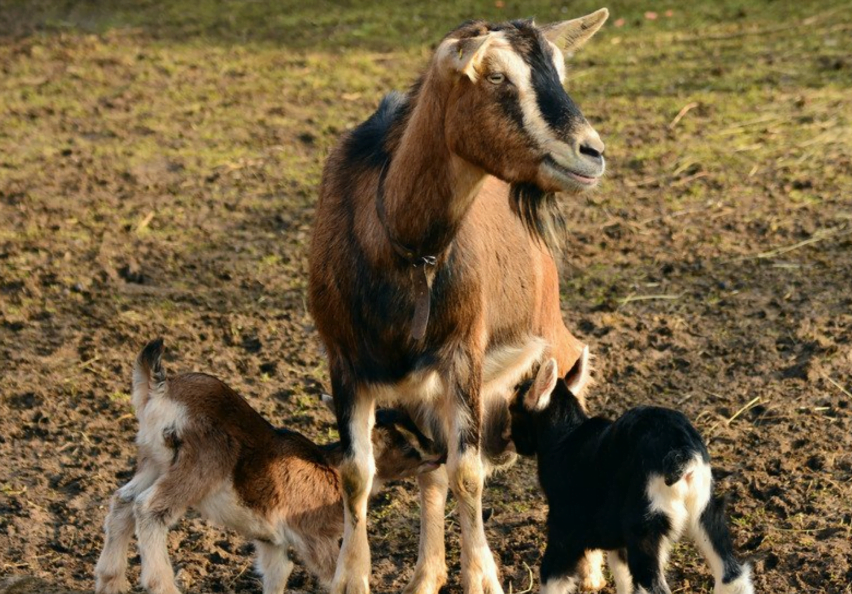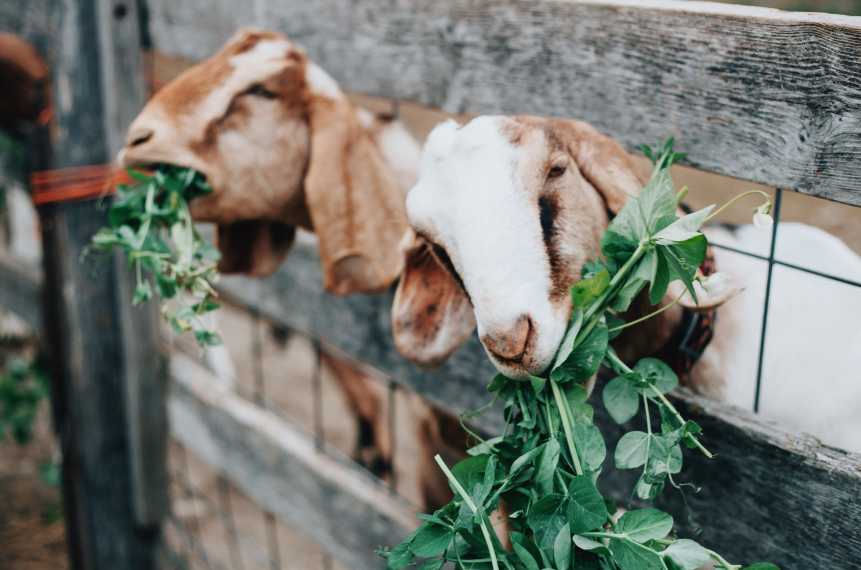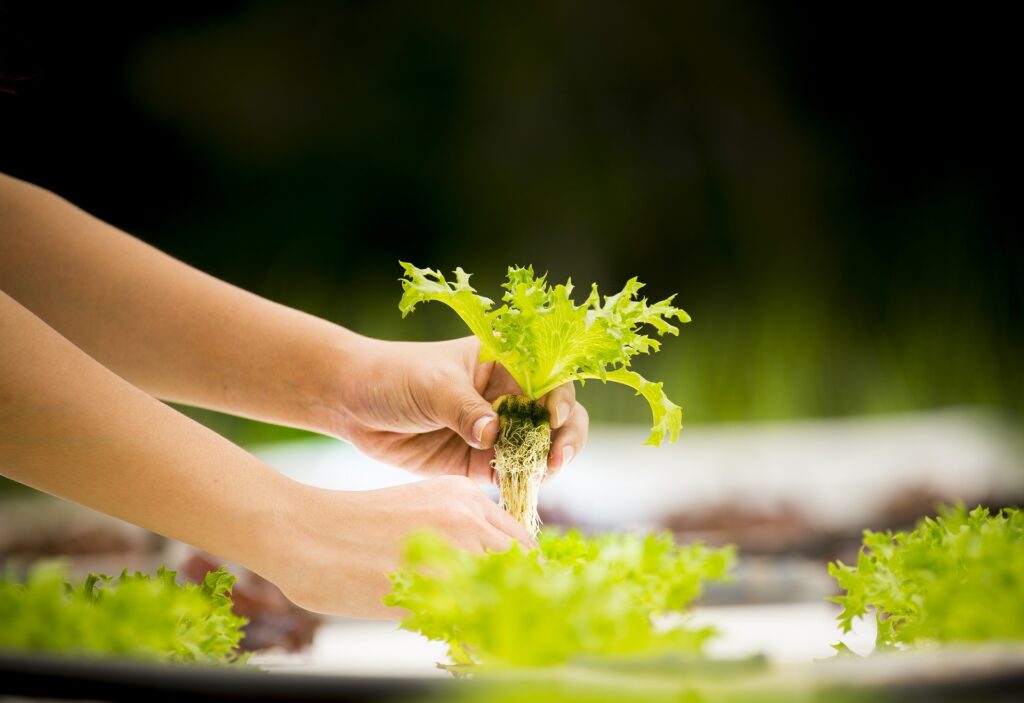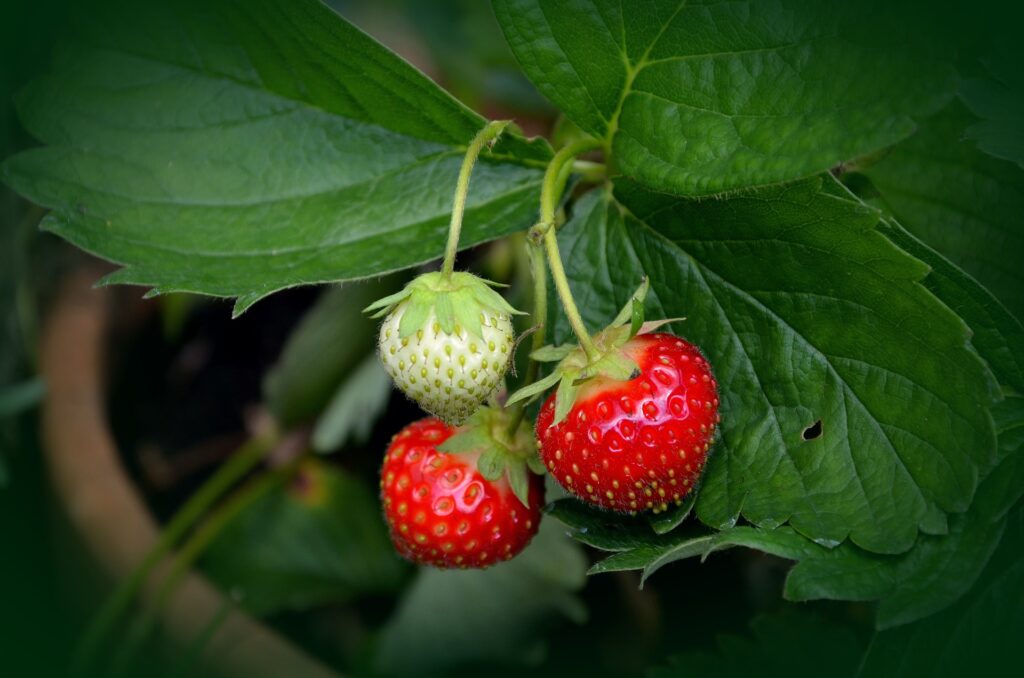For many homesteaders, having even a small herd of cattle is out of the question. Their space needs are simply too high. That’s why many hobby farmers turn to goats! Goats still can provide milk and meat without needing as much space, and they are fantastic low maintenance farm animals but how many goats per acre can you keep?
How Many Goats Per Acre Of Land Can You Have
Approximately 6-8 goats can be kept on an acre of land, BUT this assumes that you have quality forage for them to eat. If your forage is not so great, then you may only be able to keep as few as 2 goats on the land! If you’re not sure, keep reading to learn what you need to know about providing appropriate forage for your goats and determining the proper animal capacity for your land.

Browsers vs Grazers
Cows are “grazers”, they only eat grass. This is part of the reason why they need some much space, besides the fact that they are also much, much bigger than a goat – which requires more food. Goats a browsers, and that means that they will actually eat a much wider variety of vegetation than a cow would – hence their reputation for eating near anything that crosses their path.
This makes goats, of any variety, a far better prospect for the average hobby farmer or homesteader than cows, even miniature fluffy cows will require a good amount of quality pasture land – which is hard to come by when you’ve got a small 5 acre plot to work with.
Your goats will spend their time clearing shrubs and trees before they bother with grass. Though in some cases, this can actually be better! If there are areas of your land you want cleared, let the goats have at it and do the work for you. They’ll happily tear through the shrubs and you can clean up what’s left and do whatever you need to with it.
Acreage which has lots of overgrown pastures, wooded areas, and thickets is prime goat land, and you could stock as many as 10 goats per acre on quality land like this. That is, if you live in a climate where this forage can grow quickly and be replaced as they eat it. BUT, land which is arid, or sparse will reduce your stocking to just 2 goats per acre. Though it is possible to improve it by doing some supplemental planting with some seed mixes intended for growing goat-friendly forage.

However, even if you have good forage, in order to maintain its quality long-term, it’s a good idea to rotate your livestock. For this reason, it’s not a good idea to have as many animals as possible. Over stocking your livestock can lead to problems with natural resources, and should be avoided. If you’ve got more than one acre – save some of that acreage for pasture rotation.
Dairy Goat Pasture – Avoiding Bad Flavors In Milk
Did you know that the flavor of your goat’s milk can be impacted by their forage? This can include things like wild onions, garlic, chamomile, fennel, cabbage, kale, turnips, and others. For this reason, some people actually restrict their dairy goats to areas where they know what they are eating. It’s hard to be sure when they are free feeding – so keep that in mind as well.
Goats and worms – Warnings About Overcrowding
Goats are also highly susceptible to worm infestations which can be bad. The majority of health issues in goats are actually because of worms, and a goat can even die without a good worming routine in place. If you want to reduce the risk of your goats getting worms, then you should pay close attention that you do not overcrowd them.
An ounce of prevention is worth a pound of cure, especially if you will be using your goats for meat or milk. Many commercial wormers require that your goats not be milked for a certain period after it – slowing down your operation and impacting profits. Not to mention the fact that it is quite stressful for your goats – so be mindful of their health when choosing how many animals to get.

Bob learned about farming from his grand dad. So, the decision to leave the city and start homesteading was not a difficult transition. He now lives with his wife and two kids on their 30 acre property in Ohio.



